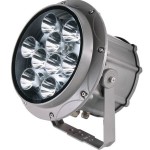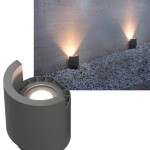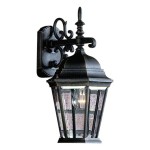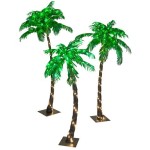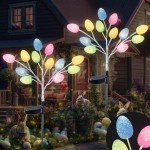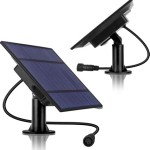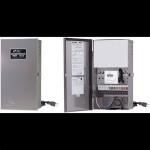Outdoor Horse Arena Lighting
Proper lighting is crucial for any outdoor horse arena. It allows for extended training hours, enhances visibility for both horse and rider, and improves overall safety. Choosing the right lighting system involves considering various factors, including the size and intended use of the arena, the surrounding environment, and budget constraints. A well-designed lighting system can significantly enhance the functionality and enjoyment of an equestrian facility.
Light Placement and Distribution
The placement and distribution of lights are paramount in achieving uniform illumination. Poorly placed lights can create shadows and glare, which can spook horses and create hazardous riding conditions. Lights should be positioned strategically to minimize shadows and provide consistent light levels across the entire riding surface. For rectangular arenas, lights are often placed along the perimeter, mounted on poles of sufficient height to prevent interference with riding activities. Circular arenas may benefit from a combination of perimeter and centrally located lights to ensure even coverage.
Light Intensity and Color Temperature
The intensity of light, measured in lumens or foot-candles, directly impacts visibility. The appropriate light level depends on the intended use of the arena. For recreational riding, lower light levels may suffice, while competitive training or events may require higher intensities. Color temperature, measured in Kelvin, affects the perceived color of the light. Cooler color temperatures (5000K-6500K) provide a bright, white light that mimics daylight, while warmer color temperatures (2700K-3000K) offer a more yellowish hue. For optimal visibility and minimal eye strain, cooler color temperatures are generally recommended for horse arenas.
Types of Lighting Fixtures
Several types of lighting fixtures are suitable for outdoor horse arenas. Metal halide lamps have been a popular choice due to their high light output and relatively low cost. However, they have a shorter lifespan and consume more energy compared to more modern alternatives. LED (Light Emitting Diode) lights are increasingly becoming the preferred option due to their energy efficiency, long lifespan, and improved light quality. LEDs also offer instant on/off capabilities and are less susceptible to flickering, which can be problematic for horses. High-pressure sodium lamps are another option, though their yellowish light output may not be ideal for all arena applications.
Energy Efficiency and Cost Savings
Operating an outdoor lighting system can contribute significantly to energy costs. Choosing energy-efficient lighting fixtures can minimize these expenses. LED lights, for example, consume significantly less energy compared to traditional metal halide lamps. Furthermore, incorporating features such as motion sensors or timers can further reduce energy consumption by automatically turning lights on or off as needed. The initial investment in energy-efficient lighting may be higher, but the long-term cost savings can be substantial.
Environmental Considerations
Outdoor lighting can impact the surrounding environment. Light pollution can disrupt wildlife and negatively affect the night sky. When designing an arena lighting system, it is important to minimize light spill into surrounding areas. This can be achieved by using fixtures with directed light beams and shields that prevent light from escaping upwards. Choosing fixtures that comply with dark-sky initiatives can further mitigate the environmental impact of the lighting system.
Maintenance and Durability
Regular maintenance is essential for ensuring the longevity and optimal performance of an outdoor lighting system. Fixtures should be inspected periodically for damage or wear and tear. Lenses should be cleaned to maintain light output. Choosing durable fixtures that can withstand harsh weather conditions is crucial. Fixtures should be rated for outdoor use and have appropriate ingress protection (IP) ratings to protect against dust and moisture. Proper maintenance can extend the lifespan of the lighting system and reduce the need for costly repairs.
Safety and Regulations
Safety should be a primary consideration when designing and installing an outdoor horse arena lighting system. All electrical work should be performed by qualified electricians and adhere to local building codes and regulations. Wiring should be properly grounded and protected from the elements. Fixtures should be securely mounted to prevent them from falling and causing injury. Regular inspections and maintenance can help identify and address potential safety hazards.

Outdoor Horse Arena Lighting Ledsuniverse

Horse Arena Lights Led Lighting For Arenas Rodeo Ledlightingsupply Com

Led Horse Arena Flood Light Choice Guide

Led Arena Lights Meeting Needs From Horse Lighting To Hockey Rinks

Diy Riding Arena Lights Budget Equestrian

Horse Arena Lights Outdoor Lighting Mecree Led

Horse Arena Lights Led Lighting For Arenas Rodeo Ledlightingsupply Com

Diy Riding Arena Lights Budget Equestrian

Led Horse Arena Flood Light Choice Guide

Planning Permission What Lights Can You Have On Your Arena Horse Hound
